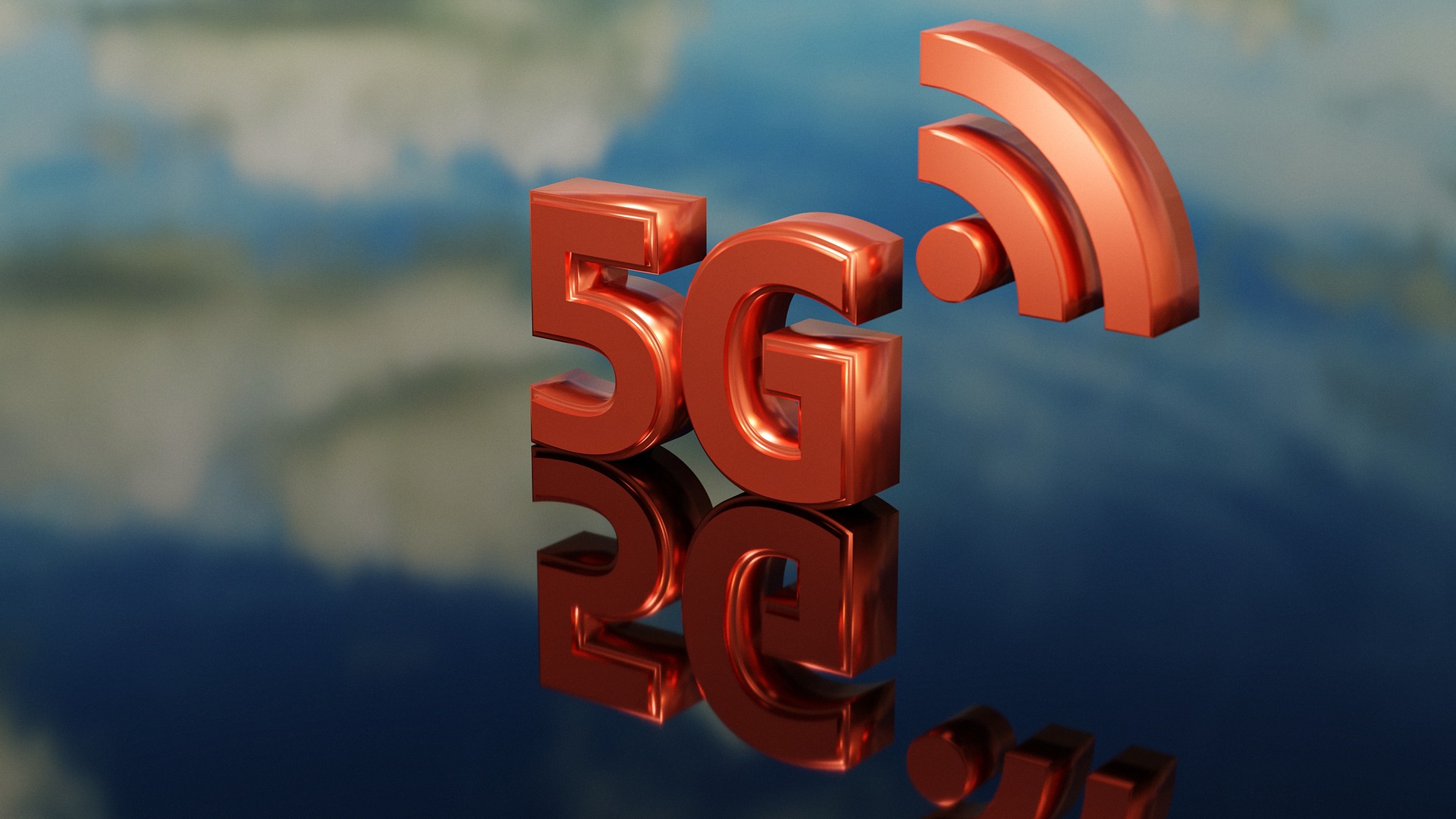"Deciphering Gigabit Ethernet: A Comprehensive Examination"
The world of the internet and telecommunications is constantly evolving, with new technologies emerging and old ones being redefined. One such technology that has seen significant advancements is Gigabit Ethernet. This article will delve into the nuts and bolts of Gigabit Ethernet, exploring its historical context, current industry trends, and the impact it has on the telecommunications landscape.

The Genesis and Evolution of Gigabit Ethernet
First introduced in the late 1990s, Gigabit Ethernet was a breakthrough in networking technology. It was the brainchild of the Institute of Electrical and Electronics Engineers (IEEE), and extended the speed of the traditional Ethernet from 10 or 100 megabits per second (Mbps) to an impressive 1,000 Mbps or 1 gigabit per second (Gbps). This significant speed increase revolutionized data transmission, offering faster, more reliable connections for businesses and consumers alike.
Current Industry Trends Surrounding Gigabit Ethernet
Today, Gigabit Ethernet continues to be a pivotal player in the networking realm, especially as demand for high-speed, reliable internet connections soar. Ranging from small businesses to large corporations, healthcare facilities to educational institutions, Gigabit Ethernet is prevalent. With its high-speed data transmission capabilities, it allows for seamless videoconferencing, fast data backups, and efficient cloud services, among other applications.
The Impact and Challenges of Gigabit Ethernet
The impact of Gigabit Ethernet on the telecommunications industry is substantial. It has enabled businesses to operate more efficiently, facilitating faster data transfers, smoother communications, and overall better network performance. However, the transition to Gigabit Ethernet is not without its challenges. For many organizations, upgrading their existing network infrastructure to support Gigabit Ethernet can be a costly and complex process.
Practical Applications of Gigabit Ethernet
Despite these challenges, the benefits of Gigabit Ethernet are undeniable. For instance, hospitals can use Gigabit Ethernet to quickly transmit large medical imaging files, universities can facilitate high-speed internet access across their campuses, and businesses can support their ever-growing data needs more efficiently.
The Future of Gigabit Ethernet
As the demand for faster, more reliable internet connections continues to grow, the future of Gigabit Ethernet looks promising. Researchers are already exploring the potential of 10 Gigabit and even 100 Gigabit Ethernet. As these supercharged versions of Ethernet become more prevalent, they will undoubtedly shape the future of telecommunications, offering even faster, more reliable data transmission capabilities.
In conclusion, Gigabit Ethernet has proven itself to be a game-changer in the telecommunications industry. Despite the challenges associated with its implementation, its benefits far outweigh the costs. As we look to the future, it’s clear that Gigabit Ethernet will continue to play a crucial role in shaping the telecommunications landscape.




